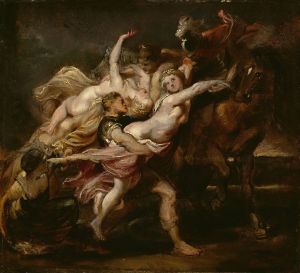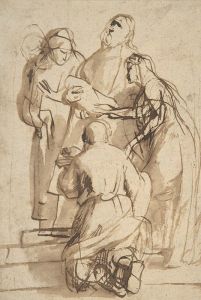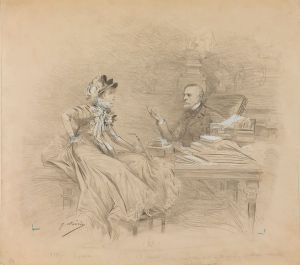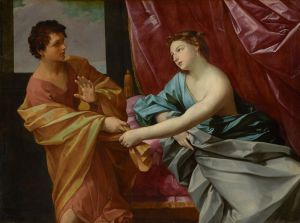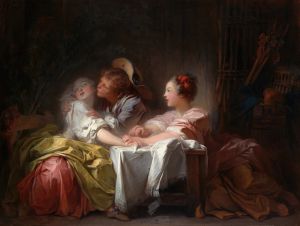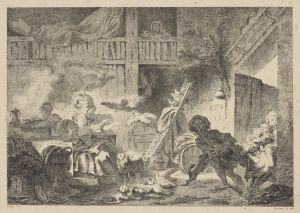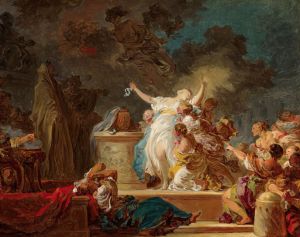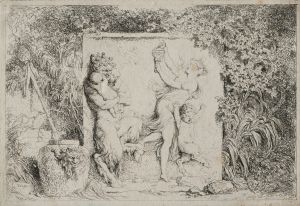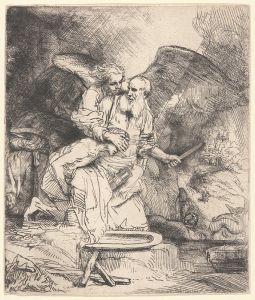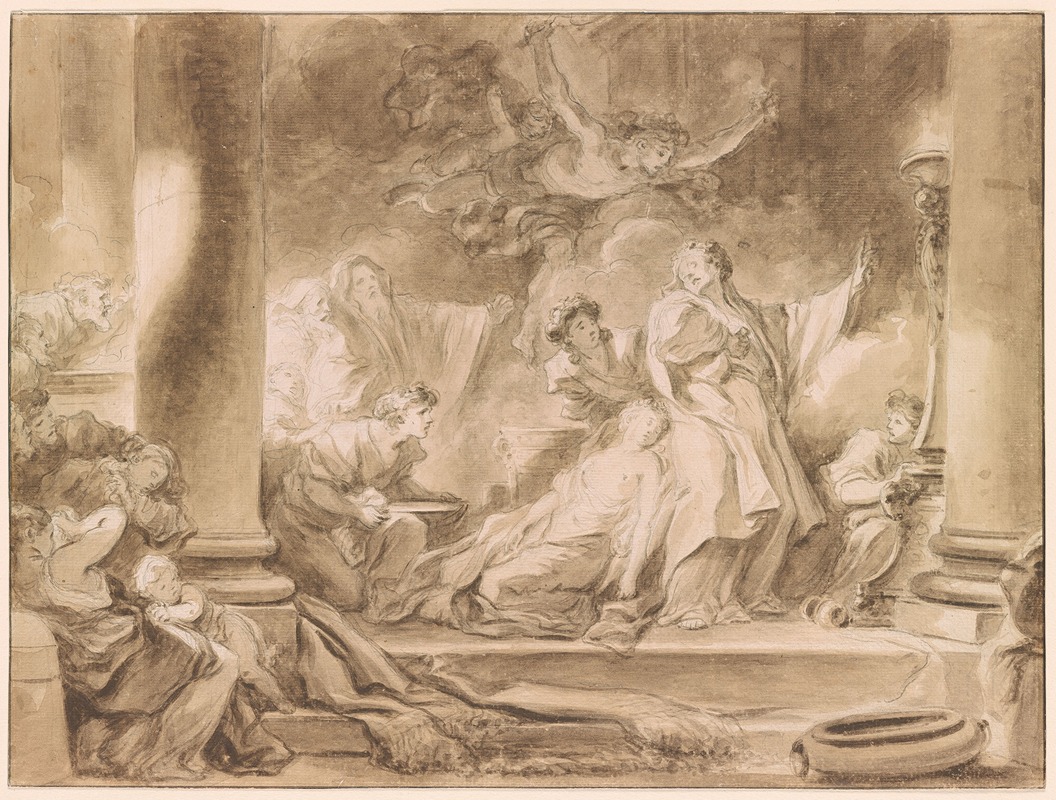
The Sacrifice of Coresus
A hand-painted replica of Jean-Honoré Fragonard’s masterpiece The Sacrifice of Coresus, meticulously crafted by professional artists to capture the true essence of the original. Each piece is created with museum-quality canvas and rare mineral pigments, carefully painted by experienced artists with delicate brushstrokes and rich, layered colors to perfectly recreate the texture of the original artwork. Unlike machine-printed reproductions, this hand-painted version brings the painting to life, infused with the artist’s emotions and skill in every stroke. Whether for personal collection or home decoration, it instantly elevates the artistic atmosphere of any space.
Jean-Honoré Fragonard's "The Sacrifice of Coresus" is a significant work of art that exemplifies the Rococo style, which was prevalent in the 18th century. Fragonard, a French painter known for his exuberant and fluid brushwork, created this painting in 1765. It was commissioned by the French government and intended for the Salon of 1765, an official art exhibition held by the Académie des Beaux-Arts in Paris.
The painting depicts a dramatic scene inspired by ancient mythology, specifically the story of Coresus and Callirhoe from Greek legend. According to the myth, Coresus, a priest of Bacchus, falls in love with Callirhoe, who does not return his affections. In his despair, Coresus prays to Bacchus to punish her, and the god sends a plague upon her city. The oracle declares that the plague will only cease if Callirhoe sacrifices herself. However, at the last moment, Coresus, overwhelmed by love and compassion, decides to sacrifice himself instead, thus saving Callirhoe and her people.
Fragonard's interpretation of this narrative is both dynamic and emotionally charged. The composition is marked by its dramatic use of light and shadow, which highlights the central figures and enhances the emotional intensity of the scene. Coresus is depicted at the moment of his self-sacrifice, with a dagger poised above his chest, while Callirhoe is shown in a state of distress, surrounded by onlookers who react with a mix of horror and awe.
The painting is notable for its vibrant color palette and the fluidity of Fragonard's brushwork, which captures the movement and tension of the moment. The use of light and shadow not only adds depth to the composition but also serves to focus the viewer's attention on the central action. Fragonard's skillful rendering of the figures and their expressions conveys the complexity of emotions involved in the narrative, from Coresus's resolve to Callirhoe's anguish.
"The Sacrifice of Coresus" was well-received at the Salon and contributed to Fragonard's reputation as a leading artist of his time. It reflects the Rococo style's emphasis on drama, emotion, and movement, as well as its interest in themes of love and sacrifice. The painting is also an example of how 18th-century artists drew inspiration from classical mythology to explore contemporary themes and emotions.
Today, "The Sacrifice of Coresus" is housed in the Louvre Museum in Paris, where it continues to be admired for its artistic mastery and emotional depth. It remains an important work in the study of Rococo art and Fragonard's oeuvre, illustrating the artist's ability to blend classical themes with the stylistic elements of his time.





